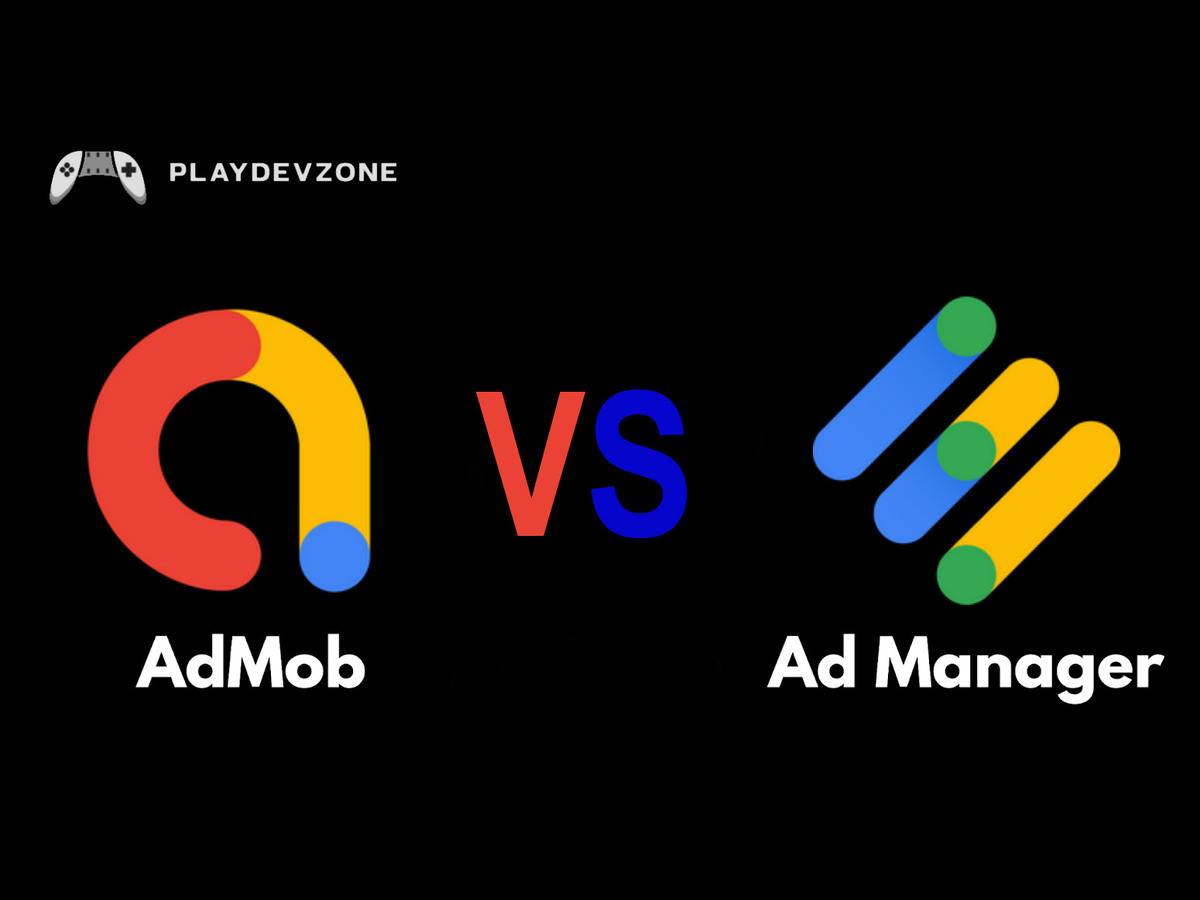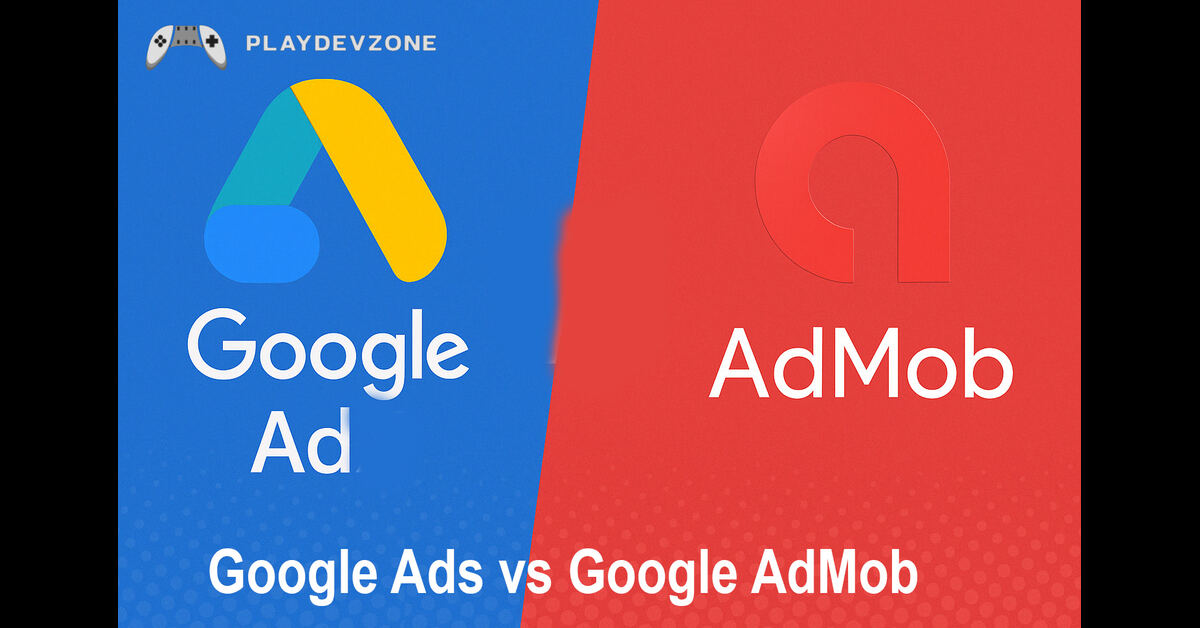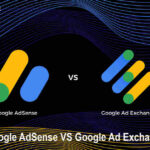In today’s hyper-competitive app market, building a great app is only half the battle; monetizing it effectively is the other (Google Ads vs Google AdMob).
Whether you’re an indie developer or part of a large mobile team, choosing the right monetization strategy can make or break your app’s revenue potential.
The big question arises: Which is better for app monetization, Google Ads or Google AdMob?

While Google’s vast advertising ecosystem powers both platforms, they serve very different purposes and choosing the wrong one could cost you users, revenue, and growth (Google Ads vs Google AdMob).
In this guide, we’ll explain the core differences, strengths, and ideal use cases of Google Ads and Google AdMob so you can make an informed decision that will drive your app’s success.
What is Google Ads?
Google Ads is Google’s powerful online advertising platform that helps businesses promote their products, services, or apps across Google Search, YouTube, and millions of partner websites.
It allows advertisers to target specific audiences using keywords, location, device type, and more, making it a highly effective tool for driving app installs and growing user bases (Google Ads vs Google AdMob).
With flexible budgeting and real-time performance tracking, Google Ads lets developers scale campaigns to reach users at every stage of their journey.
Whether launching a new app or boosting the visibility of an existing one, Google Ads offers the reach and precision you need to grow fast.
What is Google AdMob?
Google AdMob is a mobile advertising platform designed to help developers monetise their apps through in-app ads.
Powered by Google, AdMob connects your app with millions of advertisers, earning you revenue by displaying high-quality, relevant ads to your users (Google Ads vs Google AdMob).
Whether banner ads, interstitials, or rewarded video ads, AdMob makes it easy to integrate and optimise ad formats for a seamless user experience.
It also includes powerful tools like mediation and analytics to maximise earnings and track performance.
Key Differences Between Google Ads and Google AdMob
Understanding the key differences between Google Ads and Google AdMob is essential for anyone involved in digital marketing or mobile app development.
While both platforms are part of Google’s advertising ecosystem, they serve different purposes and target other users (Google Ads vs Google AdMob).
Google Ads is primarily used by businesses and advertisers to promote their products or services across various Google networks.
These include Google Search, YouTube, Gmail, and the Google Display Network. It allows advertisers to reach users through targeted ads based on keywords, interests, demographics, and more.
In contrast, Google AdMob is designed for mobile app developers who want to monetise their apps by displaying in-app ads.
AdMob helps developers generate revenue by showing banners, interstitials, or rewarded video ads within their mobile applications.
These ads are often sourced from the Google Ads platform itself.
One of the most significant differences lies in the user role: with Google Ads, you pay to advertise, while with AdMob, you earn from displaying ads.
Additionally, Google Ads requires no app integration, whereas AdMob requires SDK integration within your app (Google Ads vs Google AdMob).
The key differences between Google Ads and Google AdMob are purpose, audience, and monetisation model.
Choose Google Ads to grow your audience, and AdMob to turn your app traffic into income.
Which is Better for App Monetization?
When it comes to app monetisation, choosing between Google Ads and Google AdMob depends on your specific goals.
If you focus on earning revenue from users already using your app, Google AdMob is the better choice (Google Ads vs Google AdMob).
It enables you to display in-app ads like banners, interstitials, and rewarded videos to generate income.
On the other hand, if your goal is to attract more users to your app, Google Ads excels by promoting your app across Google Search, YouTube, and millions of websites.
For the best results, many successful developers combine both platforms using Google Ads to drive installs and AdMob to monetise those users (Google Ads vs Google AdMob).
The right choice isn’t either/or; it’s about creating a strategy that aligns with your app’s growth and revenue goals.
Can You Use Both Together?
Yes, and using Google Ads and Google AdMob together can be a powerful strategy for maximising user acquisition and revenue.
While Google Ads helps you attract new users by promoting your app across Google Search, YouTube, and the Display Network, Google AdMob allows you to monetise those users by displaying in-app ads (Google Ads vs Google AdMob).
This combined approach creates a complete growth loop: you use Google Ads to bring in high-quality traffic, and AdMob to generate revenue from those users, which you can reinvest into more advertising.
It’s an innovative, scalable strategy that top app developers use to grow faster and earn more.
Pros and Cons of Each Platform
Choosing between Google Ads and Google AdMob means weighing their unique advantages and limitations.
Google Ads excels at driving app installs and user acquisition with precise targeting and broad reach across Google Search and partner networks. However, ongoing budget management and optimisation are required to maintain ROI.
On the flip side, Google AdMob shines in monetising your existing user base by delivering in-app ads like banners and rewarded videos, helping you turn traffic into steady revenue (Google Ads vs Google AdMob).
Its downside? Poorly implemented ads can disrupt user experience and cause churn.
Ultimately, the best choice depends on your app’s stage and goals, whether you want to grow your user base or maximise revenue.
Many developers find combining both platforms offers the perfect balance for sustainable app success.
Expert Tips for Choosing the Right Platform
Choosing between Google Ads and Google AdMob doesn’t have to be confusing; it’s all about aligning with your app’s goals.
If you’re launching and need users, experts recommend starting with Google Ads to drive high-intent installs (Google Ads vs Google AdMob).
For established apps with a steady user base, Google AdMob is ideal for generating passive income through in-app ads.
Pro tip: Evaluate your app’s lifecycle. Use Google Ads to grow, then switch focus to AdMob for monetisation.
Or better yet, both to acquire users with Ads and monetise them with AdMob strategically can be used.
Also, track metrics like retention rate, eCPM, and CPI regularly to adjust your strategy (Google Ads vs Google AdMob).
The best platform isn’t always just one; it’s the one that balances your growth, revenue, and user experience.
FAQ (Frequently Asked Questions)
How much does AdMob pay per 1000 clicks?
AdMob does not pay a fixed rate per 1000 clicks; earnings depend on factors like ad format, user location, app niche, and click-through rate.
On average, AdMob may pay anywhere from $0.50 to $5 per 1000 impressions (CPM), but the payout can significantly increase to between $100 and $200 or more per 1000 clicks (CTR-based).
High-paying countries like the U.S., U.K., and Canada usually generate better returns (Google Ads vs Google AdMob).
Focus on high-quality content, user engagement, and app traffic from premium countries to maximise your AdMob earnings.
Always monitor performance with AdMob analytics to refine your monetization strategy and boost revenue over time.
How much does AdMob pay per 1000 clicks?
No, you cannot directly earn money from the Google Ads app. Google Ads is a platform for advertisers to spend money promoting their products or services.
However, you can earn money by using Google AdSense or AdMob, where you display ads on your website or mobile app (Google Ads vs Google AdMob).
Advertisers pay Google to run ads, and Google shares a portion of that revenue with you.
If you're looking to earn online, focus on creating valuable content, growing your audience, and connecting it with AdSense (for websites) or AdMob (for apps).
The Google Ads app helps manage ad campaigns, not generate income directly.
Which type of Google Ads campaign is best for promoting a mobile app?
The best Google Ads campaign for promoting a mobile app is the App Campaign.
Formerly known as Universal App Campaigns, this campaign type is explicitly designed to drive app installs and in-app actions across Google Search, YouTube, Google Play, and the Display Network (Google Ads vs Google AdMob).
You provide your app details, ad text ideas, and a budget Google’s machine learning handles the rest by optimizing your ads for the best performance.
This user-friendly, highly automated campaign is ideal for reaching high-intent users. To maximize results, track in-app conversions and refine your strategy regularly.
App Campaigns are a powerful way to grow your app’s user base efficiently and effectively.
The best Google Ads campaign for promoting a mobile app is the App Campaign.
Formerly known as Universal App Campaigns, this campaign type is explicitly designed to drive app installs and in-app actions across Google Search, YouTube, Google Play, and the Display Network (Google Ads vs Google AdMob).
You provide your app details, ad text ideas, and a budget Google’s machine learning handles the rest by optimizing your ads for the best performance.
This user-friendly, highly automated campaign is ideal for reaching high-intent users. To maximize results, track in-app conversions and refine your strategy regularly.
App Campaigns are a powerful way to grow your app’s user base efficiently and effectively.
Does AdMob pay daily?
No, AdMob does not pay daily. Instead, AdMob follows a monthly payment cycle.
Earnings are calculated throughout the month, and payments are issued around the 21st of the following month, provided you’ve met the minimum payment threshold (usually $100) and there are no account holds (Google Ads vs Google AdMob).
Payments are made via your selected method, such as bank transfer or wire.
While you can track your daily earnings through the AdMob dashboard, actual payouts are not daily.
To ensure timely payments, keep your account information accurate and comply with all AdMob policies.
Stay consistent with app growth and ad optimization to increase monthly earnings.
Conclusion
Regarding app monetization, Google Ads and Google AdMob play vital but distinct roles.
If you aim to promote your app and drive user acquisition, Google Ads is the more intelligent (Google Ads vs Google AdMob).
However, if your goal is to earn revenue from your app, primarily through in-app ads, Google AdMob is the clear winner.
For maximum results, many successful developers run Google Ads to grow installs and leverage AdMob to monetize traffic (Google Ads vs Google AdMob).
Ultimately, the best strategy depends on your app’s goals. Combine the strengths of both platforms to create a powerful cycle of user growth and monetization.











